- S.D. Eibar ready for maiden La Liga outing
- SD Eibar stengthen ahead of debut La Liga season
- Can ‘Super Mario’ live up to expectations in Madrid?
- MAN IN THE GROUND – Brentford 0 – 4 Osasuna
- Historic Basque derby welcomes S.D. Eibar to La Liga
- Munich to Madrid, via Brazil – Tony Kroos
- Rakitic in Spanish Switch
- Can Spain find redemption in Rio?
- Viva Espana! A season of redemption for Spanish football
- From the old to the new: who can fill the void in years to come for La Roja?
THE BASQUE FOOTBALL FACTORY – Where Athletic Club de Bilbao breed their stars
- Updated: 15 February, 2012
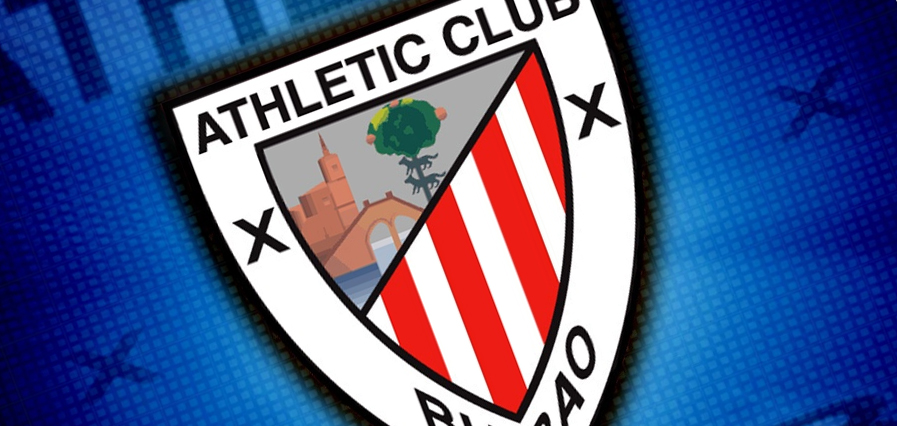
Just over forty years ago, Athletic Club de Bilbao moved their training facilities away from the then grey and industrialised environs of Bilbao, to the lush, green pastures of Lezama, a small village some 6 miles to the east of the city.
Lezama did not host reserve team football to begin with. Its open fields were a base for the preparation of the first team and the development of the club’s academy players, or La Cantera.
Ah yes, La Cantera. A lot of stuff and nonsense has been written about La Cantera over the years. Those with extreme nationalistic tendencies have championed it as a symbol of elite ‘Basqueness’, whilst others see it as the financially pragmatic development of local talent. In reality, the truth sits somewhere in between.
To start with, let’s clear up one common misnomer that all players have to be Basque born and bred to play for Athletic. A look at the names of famous players over the years clearly shows that the children of non-Basque parents have always been allowed to play for the club. As long as you took your first breath in the Basque country and you were good enough, you were in.
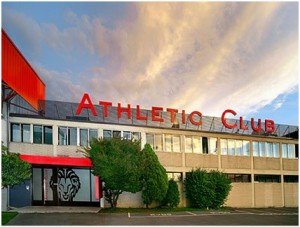 Up until the Civil War, when the club and the city were at their peak, this was a relatively easy task. The majority of the club’s players came from Vizcaya, thanks to the Athletic’s strong links with local teams, such a Barakaldo, Arenas de Getxo & Sestao SC. However, as the city of Bilbao’s influence began to wane, so did the club’s fortunes. Instead of finding players on their doorstep, Athletic had to spread its net a little wider.
Up until the Civil War, when the club and the city were at their peak, this was a relatively easy task. The majority of the club’s players came from Vizcaya, thanks to the Athletic’s strong links with local teams, such a Barakaldo, Arenas de Getxo & Sestao SC. However, as the city of Bilbao’s influence began to wane, so did the club’s fortunes. Instead of finding players on their doorstep, Athletic had to spread its net a little wider.
After the Civil War, Athletic began ‘intercepting talent’ in Guipuzcoa, Alava and Navarra, the threeother traditional Basque provinces in Spain. Later on, scouting crossed the border into the three Basque regions of France. Athletic’s take on who qualifies to play for the club has undoubtedly broadened, with players born in La Rioja and Burgos earning places in La Cantera, and others born in Euskadi, but raised elsewhere also qualifying.
In recent years, the club has relied heavily on purchasing Basque-born players who have been developed by other clubs. That’s not to say La Cantera has failed, it’s has been supplemented by a more rational approach. What of the reserve team? Where do they fit into the structure? Well, seeing you asked here’s a potted history.
Athletic’s first attempt at running a reserve team saw the light of day in 1939, when Club Deportivo Bilbao was formed. They quickly established themselves in Primera Categoría of Vizcaya and qualified for the reorganised Tercera in 1943-44. However, before playing a match in the third tier, Athletic had a change of plan and disbanded the team, returning to the previous arrangement of affiliated clubs, this time with Arenas de Getxo.
The 1960’s saw a brief resurgence of smaller Vizcayan teams, with Barakaldo and SD Indauchuholding their own in La Segunda. They also held onto their players and Athletic, concerned about the gap between youth and first team football, had another try at forming a reserve team. In 1964 Club Atlético de Bilbao Amateur was formed and within three seasons, it had secured two promotions and the Tercera title.
Home matches had been played at the Campo
de San Ignacio, but a name change to Bilbao Atlético Club and a move to San Mamés saw the club continue to prosper and two years later, Bilbao Atlético was in La Segunda. Whilst the club’s stay in the second tier lasted just one season, it had shown its potential.
A further name change to Bilbao Athletic Club followed in 1972 and steady performances in the Tercera earned it a place in the newly formed Segunda B in 1977. Here they remained for six seasons, before the first team’s golden period of the early 1980’s, was matched with one of its own.
Whilst Athletic’s stars were busy winning La Primera in 1983, Los Cachorros were wrapping up Group I of Segunda B in emphatic style. Their return to La Segunda for the 1983-84 season was impressive to say the least, finishing runners-up to Castilla CF, but league rules prohibited their promotion to the top division. Bilbao Athletic would spend 11 of the next 12 seasons in La Segunda, and were denied another crack at promotion when finishing third in 1989-90.
The Spanish Federation’s changes to club ownership saw the reserves become a fully professional unit within Athletic Club in 1992, but by then, the youngsters were struggling to compete in La Segunda. They eventually fell into Segunda B in 1996, and whilst they have held their own, just two visits to the play-offs in the intervening 15 seasons is a long way short of their glory days.
The drop to Segunda B coincided with a move from San Mamés to Lezama. Under the presidency of José María Arrate, Lezama underwent a major redevelopment in 1995, which saw new training and club administration facilities built. The most impressive structure however, was a new all-seater stand that was named after former Athletic great Piru Gainza. This 1,500 seat stand sits on the northern side of the main arena, with its seating deck raised six feet above pitch level to allow access to changing facilities below.
The central section has a cordoned-off area of red & white seats, whilst the rest of the tier makes do with bench seating. At the rear of the stand is a balcony that overlooks another of Lezama’s pitches. Its stand out feature however is the roof, which is a steel and perspex propped cantilevered construction that leans towards the pitch. Your eye is drawn to the centre of the roof where three gables lift the stand above the ordinary.
As if that wasn’t enough, four more gables – two at either end – top off this modern take on a design classic. Hard standing around the rest of the pitch brings the capacity up to 2,500.
__________________________________
To read more on the footballing stadiums of Spain, visit Chris’s excellent site Estadios de fútbol en España
Follow @icentrocampista


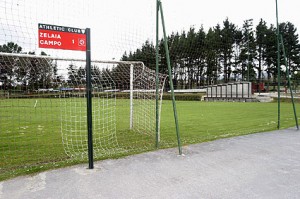
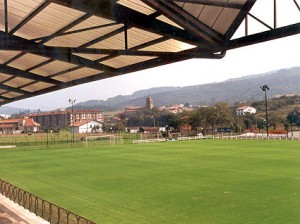
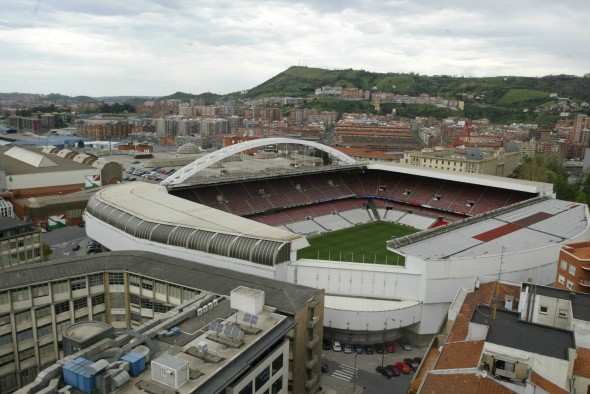
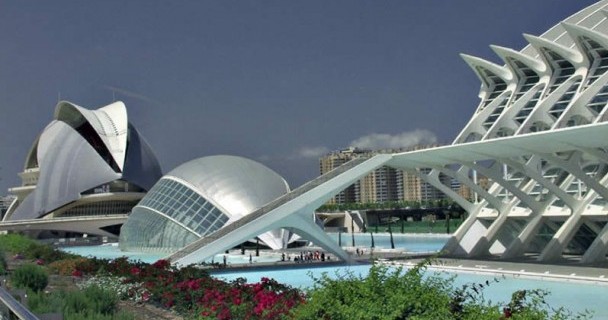
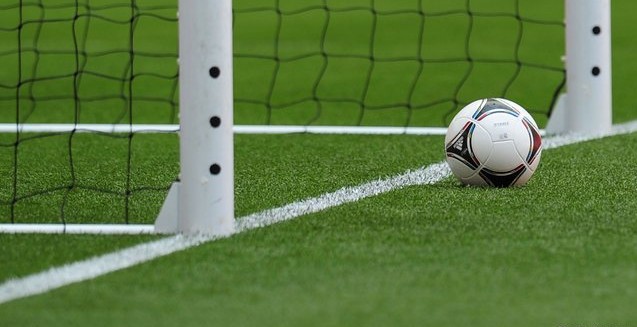


You must be logged in to post a comment Login